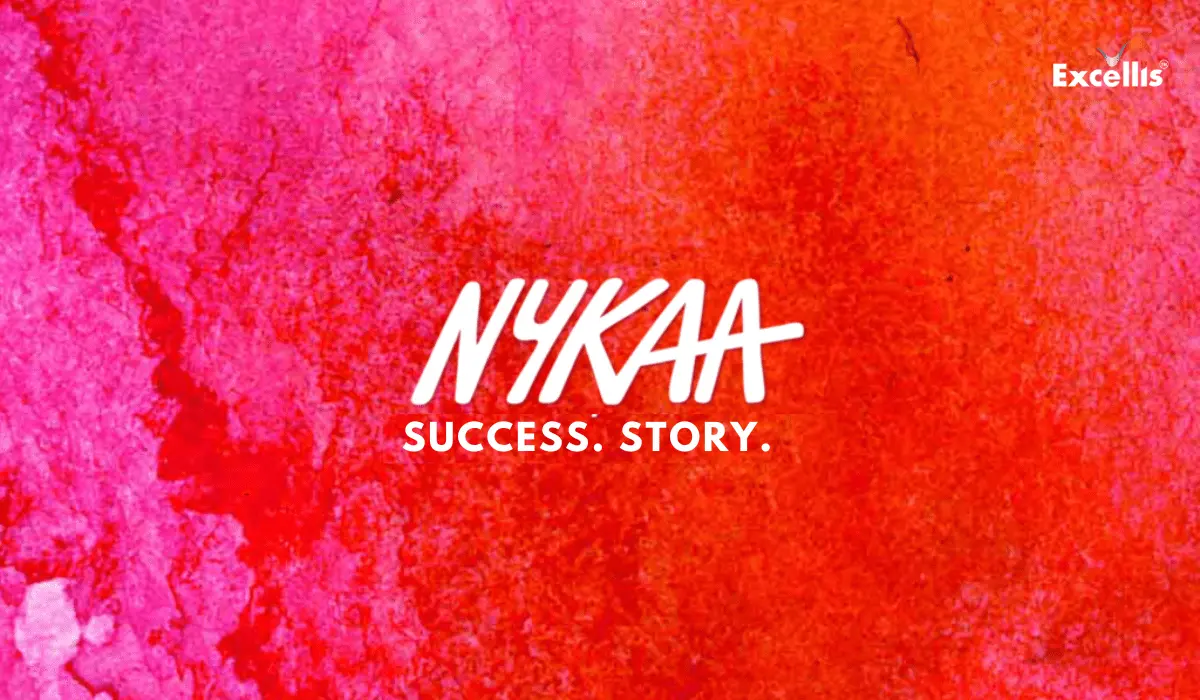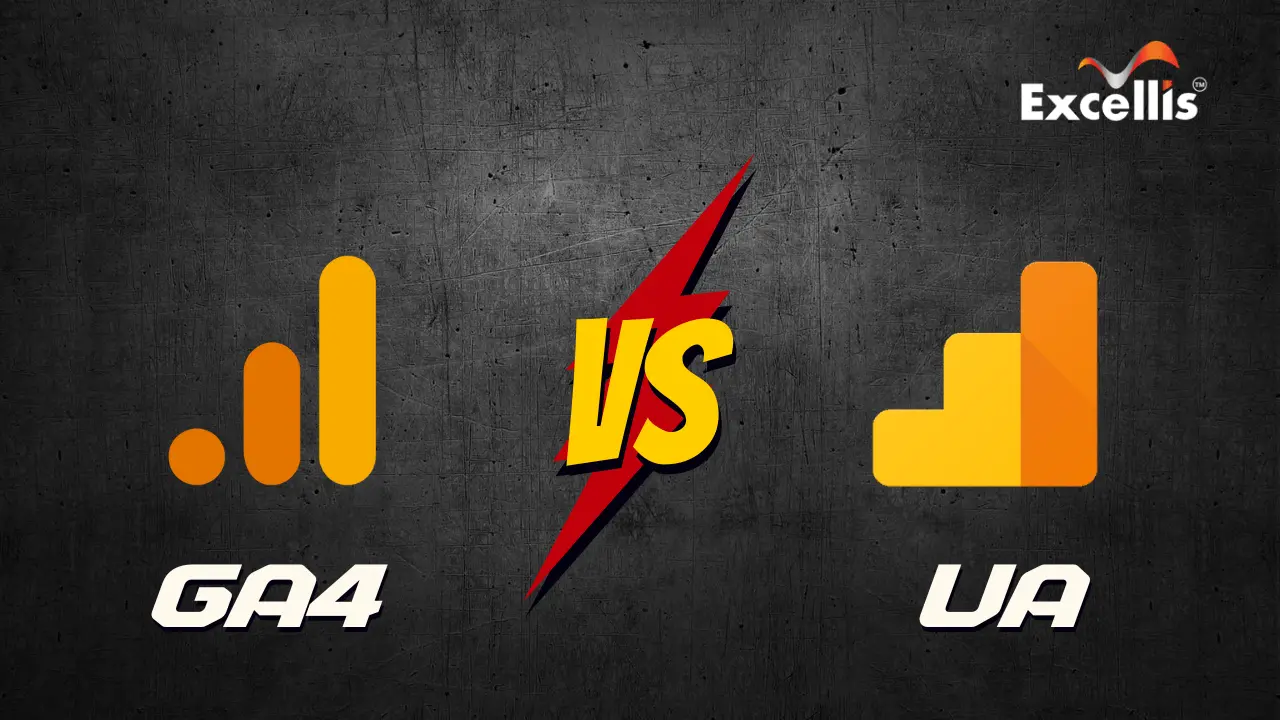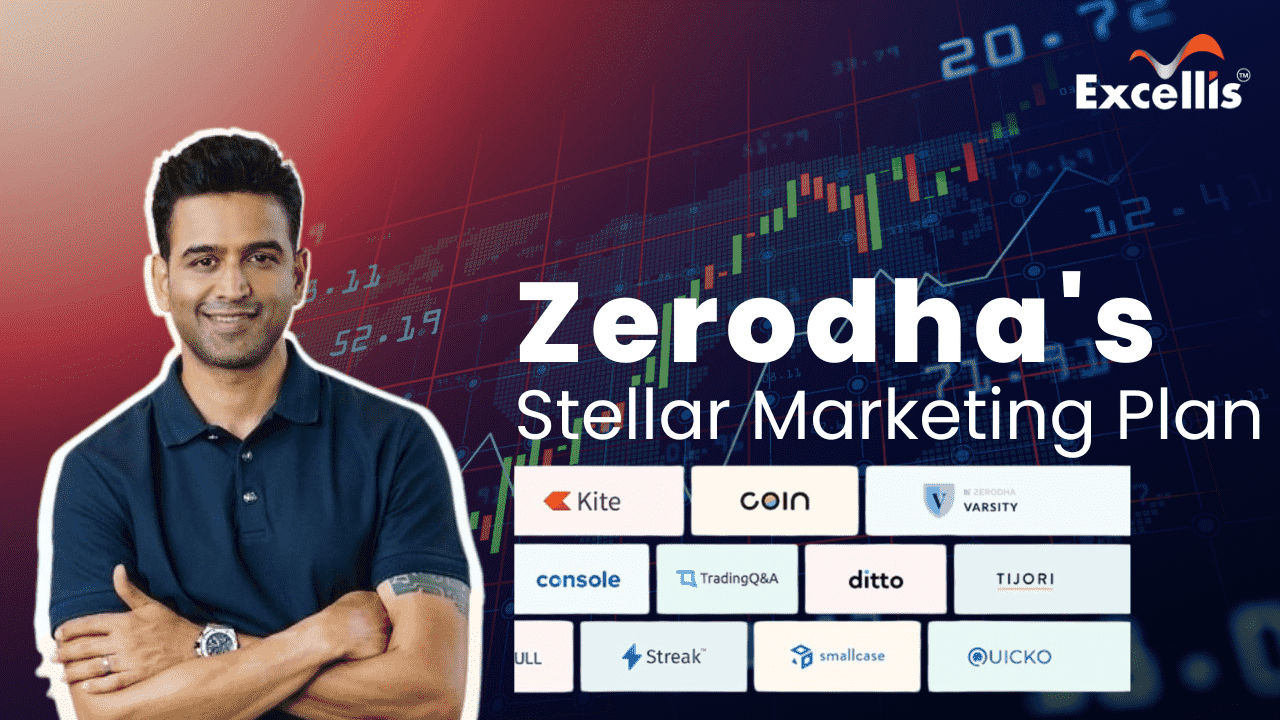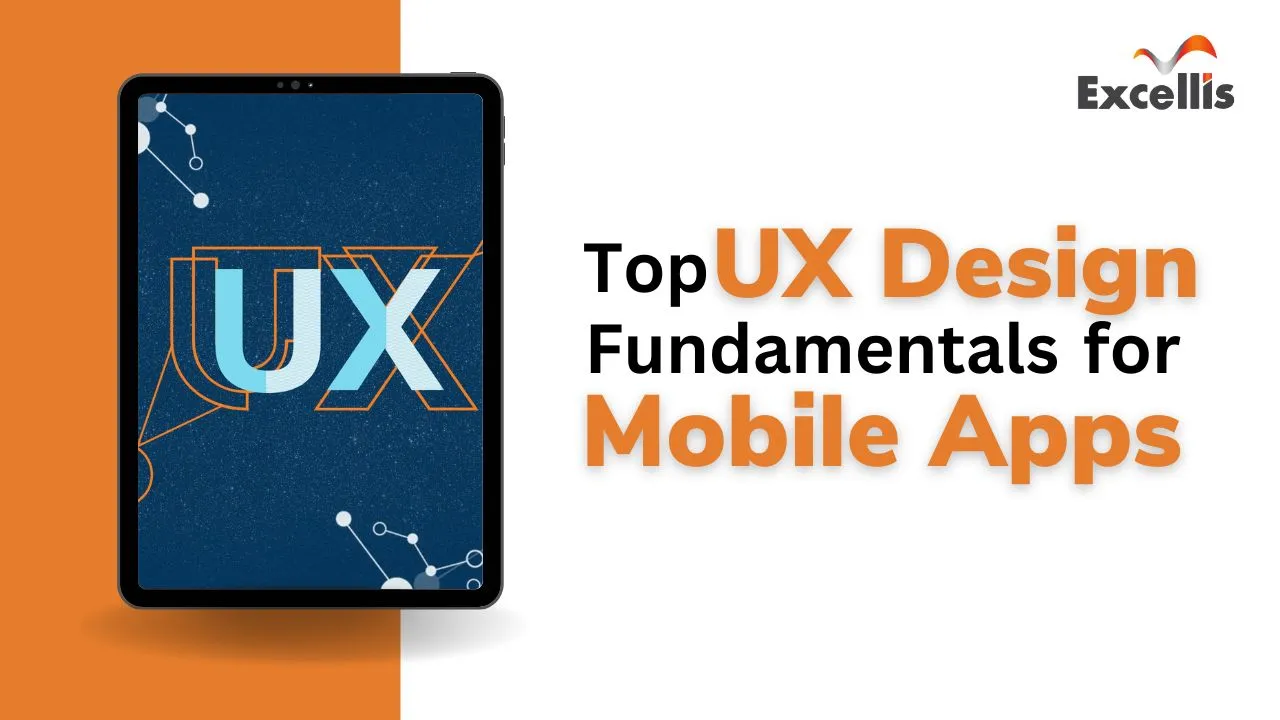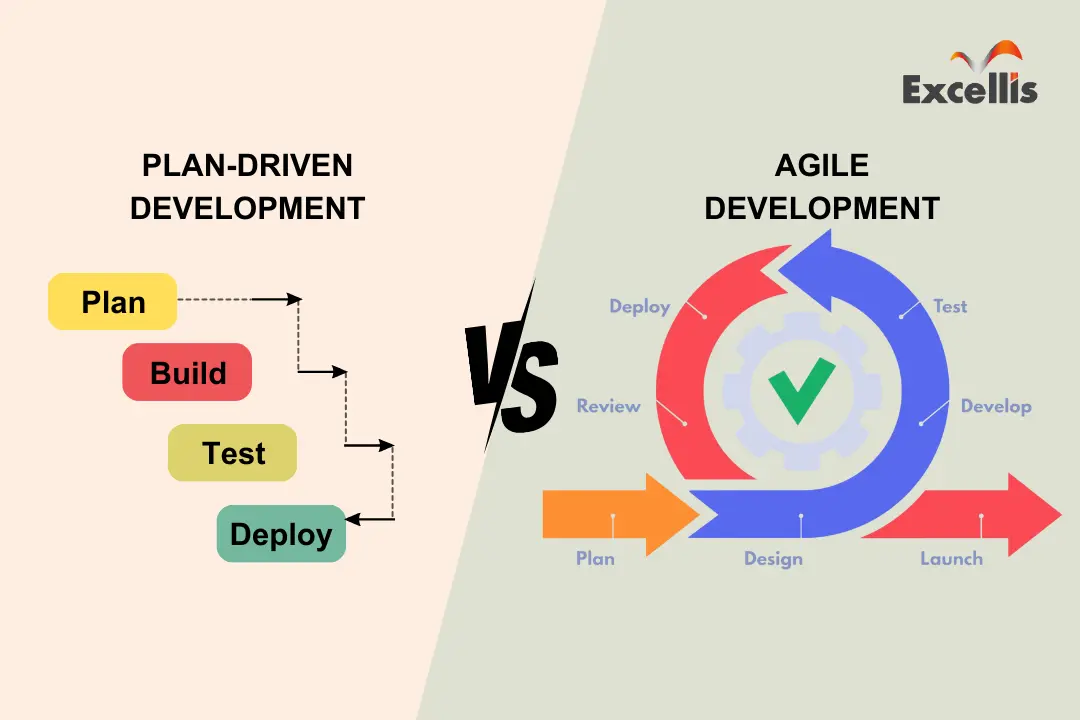
On the flip side, Agile Development is like building a house in modular phases. You start with the foundation, get feedback, make adjustments, and iteratively enhance each section. It’s more adaptable, allowing for changes in design and functionality, mirroring a homeowner adapting their space over time.
✔ The Essence of Plan-Driven Development
Delving into the structured realms of software development, the essence of Plan-Driven Development lies in its meticulous approach, resembling a well-drawn map guiding the journey from project inception to completion.
📌 Rigidity in Planning
Plan-driven development, often referred to as the Waterfall model, follows a sequential, linear process. In this approach, the project is meticulously planned from inception to completion before any coding begins. Each phase, such as requirements gathering, design, implementation, testing, and deployment, is discrete and follows a predetermined order.
📌 Comprehensive Documentation
One hallmark of Plan-Driven Development is extensive documentation. Requirements, design specifications, and project plans are documented comprehensively at the outset. This documentation serves as a detailed blueprint, providing a roadmap for the entire development process.
📌 Fixed Scope and Timeline
Plan-driven development emphasizes fixed scopes and timelines. Changes to requirements or functionalities after the planning phase are challenging to accommodate, often requiring extensive revisions to the entire project plan. This rigidity can lead to challenges in adapting to evolving project needs.
📌 Minimal Client Involvement
Client involvement is typically limited in Plan-Driven Development until the final product is delivered. The client provides initial requirements, and the development team works autonomously until the project is complete. This can result in a lack of flexibility in incorporating client feedback during the development process.
A professional mobile app development company in Kolkata offers optimum plan-driven development and agile development strategies.
✔ Unveiling the Agile Approach
Embarking on the dynamic landscape of software development, let’s unveil the Agile Approach—a flexible and iterative methodology that thrives in the ever-evolving world of coding creativity.
📌 Iterative and Incremental
In stark contrast, Agile Development embraces an iterative and incremental approach. The project is divided into small, manageable increments, called iterations or sprints, each delivering a potentially shippable product increment. This iterative nature allows for continuous improvement and adaptation throughout the development lifecycle.
📌 Embracing Change
Agile values responding to change over following a plan. Unlike Plan-Driven Development, Agile acknowledges that requirements evolve, and projects should be flexible enough to accommodate changes in real time. This adaptability is particularly advantageous in dynamic and fast-paced environments.
📌 Collaboration and Client Involvement
Agile places a strong emphasis on collaboration and client involvement throughout the development process. Regular meetings, feedback sessions, and continuous communication between development teams and clients ensure that the evolving project aligns with client expectations.
📌 Continuous Testing and Quality Assurance
Testing is an integral part of each iteration in Agile Development. Rather than leaving testing until the end of the project, Agile teams conduct continuous testing throughout the development process. This ensures that the software is of high quality from the early stages, reducing the likelihood of major defects in the final product.
✔ Basic Differences Between Plan-Driven Development and Agile Development
The table below provides a concise overview of the fundamental distinctions between Plan-Driven Development and Agile Development.
| Aspect | Plan-Driven Development | Agile Development |
|---|---|---|
| Approach | Sequential, linear process | Iterative and flexible |
| Planning | Detailed planning before coding begins | Adaptive planning with room for changes during development |
| Documentation | Extensive documentation at the outset | Minimal documentation, emphasis on working software |
| Flexibility | Low flexibility, changes require extensive revisions | High flexibility, accommodates changes throughout development |
| Client Involvement | Limited until the final product is delivered | Continuous client involvement and feedback throughout |
| Project Visibility | Limited visibility until the project is complete | Continuous visibility through iterative development cycles |
| Risk Management | Comprehensive risk analysis and mitigation strategies | Embraces change and adapts to risks dynamically |
✔ Choosing the Right Path
Let’s check out the crossroads of software development and explore the pivotal decision-making journey.
📌 Project Complexity and Predictability
The choice between Plan-Driven Development and Agile Development often hinges on the nature of the project. Plan-Driven approaches are suitable for projects with well-defined and stable requirements, where predictability is a key concern. On the other hand, Agile is favored in projects where requirements are expected to evolve, and flexibility is paramount.
📌 Client Involvement and Feedback
Consideration of client involvement and the ability to provide feedback during the development process is crucial. If clients seek active participation and appreciate adaptability to changing requirements, Agile is the preferred choice. If clients prefer a comprehensive, predetermined plan with minimal involvement until project completion, Plan-Driven Development may be more suitable.
📌 Industry Standards and Regulations
Certain industries, such as aerospace or healthcare, may have stringent regulations that favor a Plan-Driven approach. In scenarios where adherence to predefined processes is mandated, a Waterfall model or other Plan-Driven methodologies may be more aligned with regulatory requirements.
📌 Striking a Balance
In reality, the software development landscape often demands a nuanced approach that borrows elements from both Plan-Driven and Agile methodologies. Hybrid models, such as the Spiral model or the V-Model, seek to strike a balance by combining elements of predictability and adaptability.
✔ Conclusion
In conclusion, the choice between Plan-Driven Development and Agile Development is not a binary decision. Project managers and development teams must carefully assess project requirements, client expectations, and industry constraints to determine the most suitable approach. The dynamic nature of the software development industry ensures that methodologies will continue to evolve, with an ongoing quest to find the optimal balance between structure and flexibility. Hire premium mobile app development services in Kolkata for your business requirements.
More reasons to trust us!
Excellis IT is building a skilled team in IT support, customer support, digital marketing, and back-office services for modern companies.
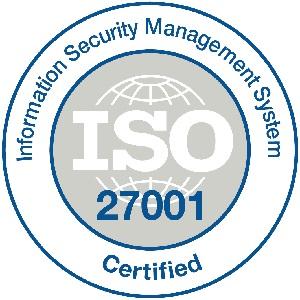
Excellis it is an esteemed ISO/IEC 27001:2022 certified company
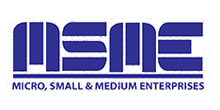
We achieved the prestigious certification by MSME in 2019

We are certified by the Central Vigilance Commission
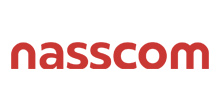
We are an honoured members of NASSCOM since 2022


